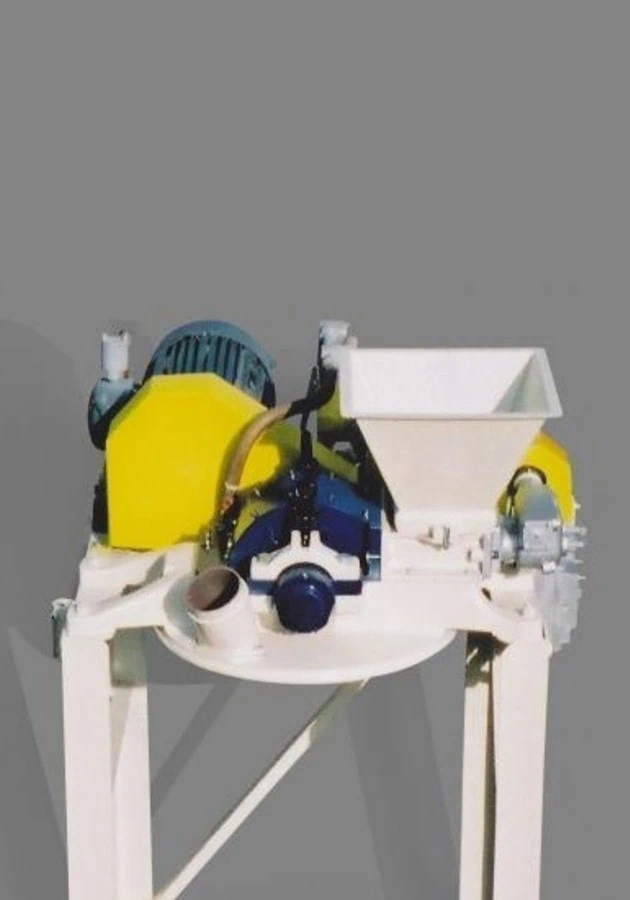The hammer mill is a rugged high-speed industrial impact mill (turbo mill) engineered to operate in high-volume production environments requiring continuous particle size reduction, so commonly used in industrial chemicals, food, and nutraceutical industries.
How Does a Hammer Mill Work?

Available in virtually indestructible fabricate or stainless steel, Classifier Milling System’s hammer mills are available in custom sizes up to 200HP. CMS warehousing maintains stocks of screens, liners, and hammers.
Hammer Mill Facts:
- Rugged, requiring minimal maintenance when compared to most grinding systems
- Single access point for maintenance, cleaning, and service
- Accommodates a wide range of particle sizes (typically capable of milling down to 45 µm d90)
- A leading mill for size reduction of brittle/friable materials
- Durable housing and a unique lightweight rotor design
